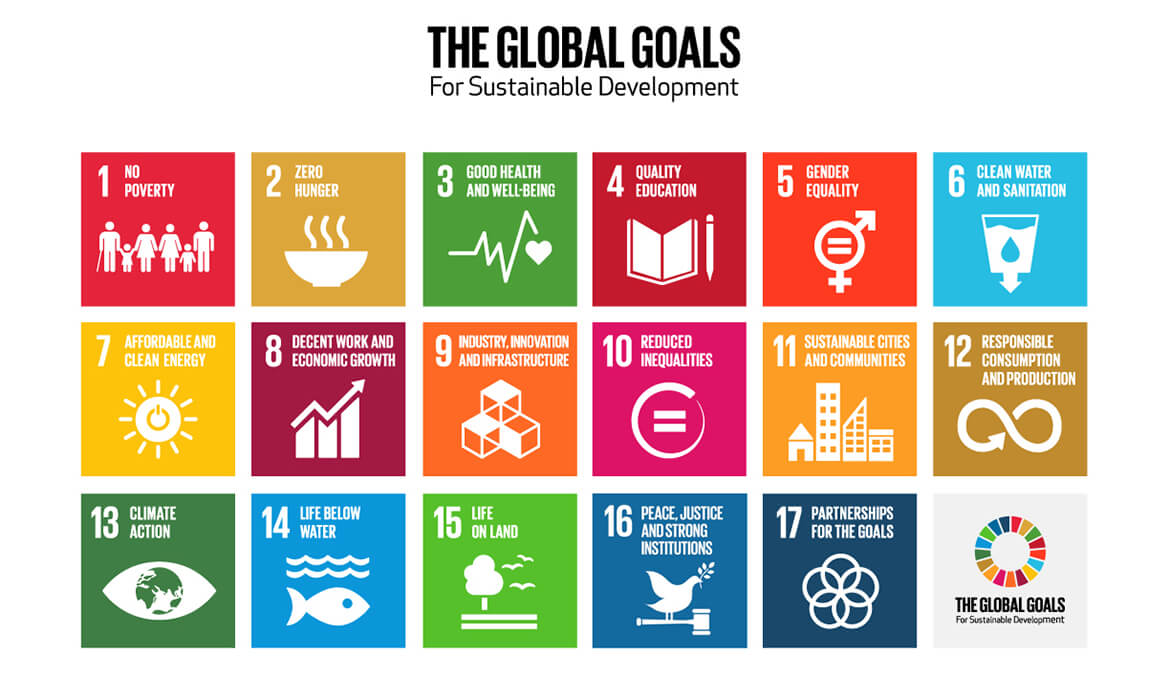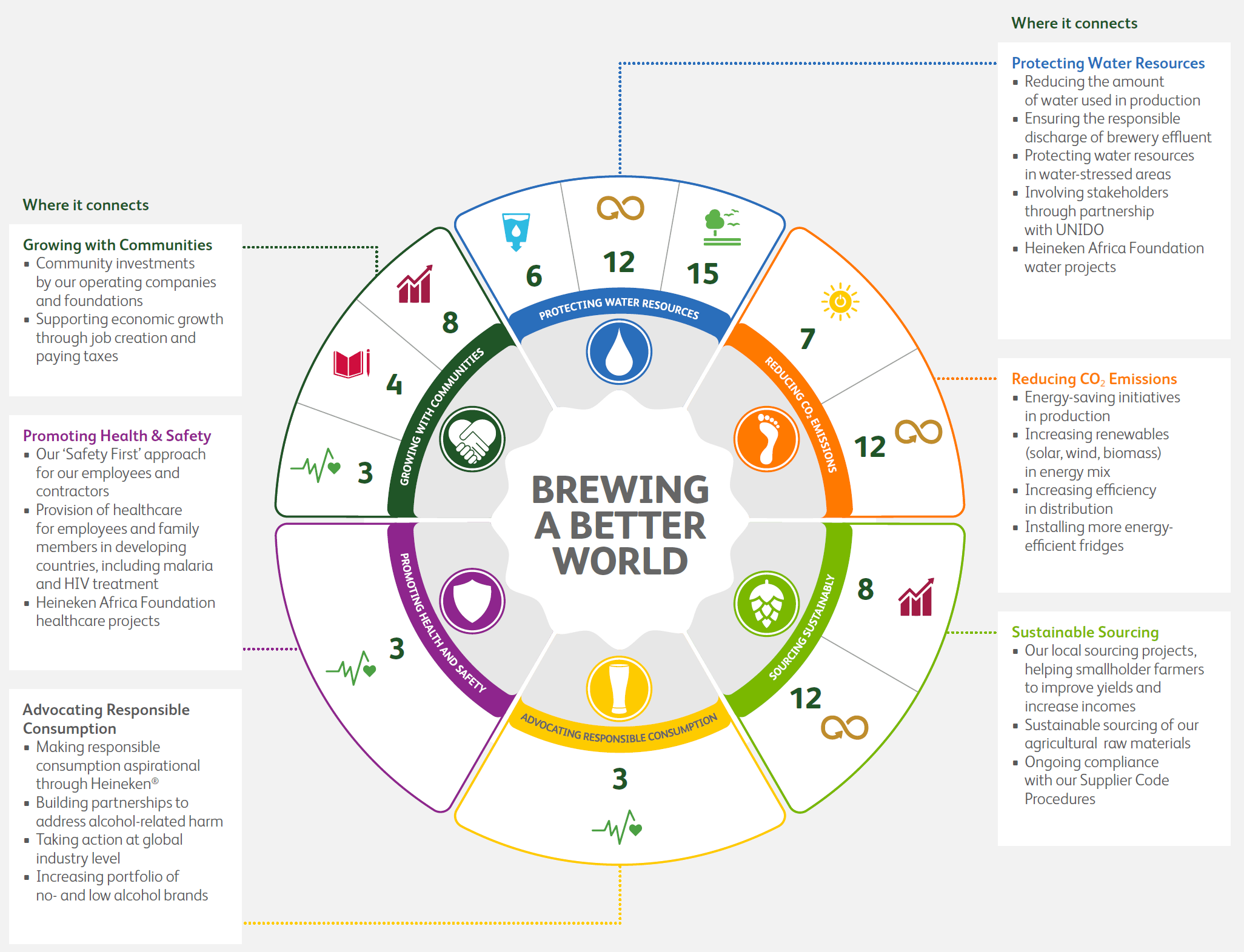*Ongecategoriseerd
Sustainable Development Goals, the future of CSR in annual reports?
Sustainability is no longer a hype or trend nowadays but one of the most important themes. Not a day goes by without coverage, and it is also a significant topic in the investment world. This has prompted companies to increasingly incorporate sustainability into their reporting. The approach varies; over the past decades, several guidelines for sustainability reporting have come and gone, with all the resulting proliferation. At the end of 2015, a new one was added: the Sustainable Development Goals. We discuss the Sustainable Development Goals and explain whether you should start using them.
What are the Sustainable Development Goals (SDGs)?
At the end of September 2015, the United Nations, consisting of 193 countries, established the agenda for sustainable development. This agenda was then translated into 17 main objectives, the Sustainable Development Goals, in close consultation with governments and businesses. The Sustainable Development Goals are broadly formulated to guide the efforts of both countries and companies.
The 17 main goals are divided into 169 sub-goals (‘targets’) that represent the concrete steps towards achieving the goals. The targets enable companies to report concretely, based on the SDGs, about their efforts regarding corporate social responsibility.
Are Sustainable Development Goals necessary?
Of course, many existing quality management systems, governance codes, and reporting guidelines already exist. Well-known examples are the GRI G4 Index and the 10 principles of the UN Global Compact Index. These initiatives are not necessarily better or worse, so don’t discard them immediately, but we believe that the Sustainable Development Goals can serve as the main framework where everything comes together.
The various standards and systems cause several challenges:
- It is difficult to compare the efforts of different companies with each other
- Existing standards or codes do not provide (substantive) interpretation or direction to the efforts; (a better world in 2030).
- In our view, existing standards or codes have become ‘checklists’ where the actual impact is sidelined.
The Sustainable Development Goals are the solution for this. Because they are derived from the actual, practical goals of the United Nations, they provide direction and are inherently concrete. They also have a ‘cut through the bullshit’ effect when you simply have to report what you have achieved based on uniform targets. In short, the Sustainable Development Goals are a breath of fresh air in many respects.
What are the 17 SDGs?
The Sustainable Development Goals are built around themes such as poverty and hunger eradication, health, education, innovation, equality, and the environment. According to the United Nations, these are the most important challenges we face as a world. The image below contains all 17 Sustainable Development Goals.

Implementing Sustainable Development Goals

Heineken concretely shows how the organization’s efforts relate to the SDG goals. Source
“Wow, 17 goals. Do I have to use them all?”
No, in practice, companies choose a number of themes that best align with their impact or mission. For example, a company involved in food will likely embrace themes around the SDGs “zero hunger” and “good health and well-being,” whereas an industrial company prioritizes “industry, innovation and infrastructure.”
The SDG approach precisely offers the possibility, unlike many other standards, to tell where the organization actually has the greatest impact.
Should you adopt the Sustainable Development Goals?
We believe this standard is a breath of fresh air for many companies, especially those with limited experience in reporting on social themes. The detailed structure, targets, and KPIs of the Sustainable Development Goals provide all the necessary tools to report on the most important SDGs for your company.
The SDGs are a valuable step to truly integrate sustainability into reporting instead of just a socially desirable to-do.